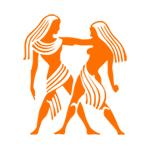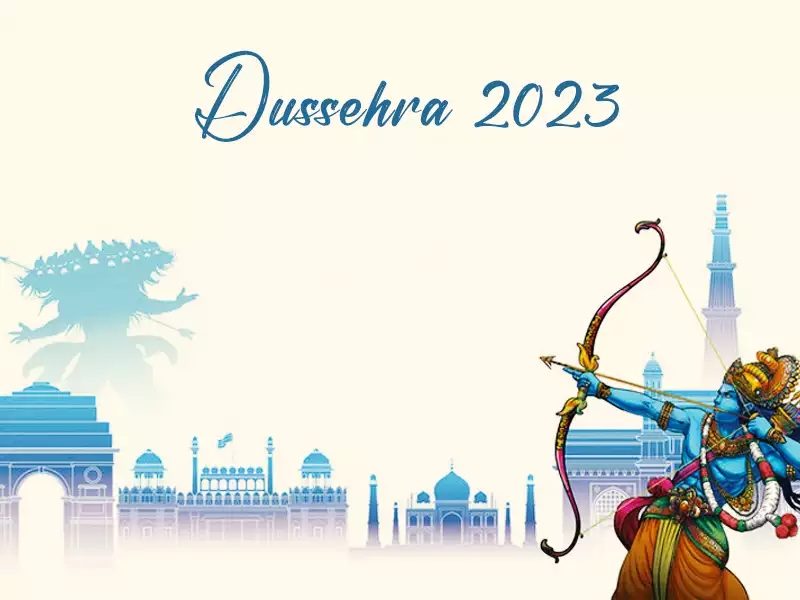In the rich fabric of Indian traditions, vrat and upvas are extremely significant from both a cultural and religious standpoint. Millions of devoted Hindus follow the age-old tradition of fasting as a way to cultivate self-control, spiritual purity, and a closer relationship with God. This article by expert astrologers of Astrovaiyda, explores the history, significance, and different rituals surrounding Vrat and Upvas, illuminating their spiritual significance in Indian culture.
Significance of Vrat and Upvas in Indian Culture
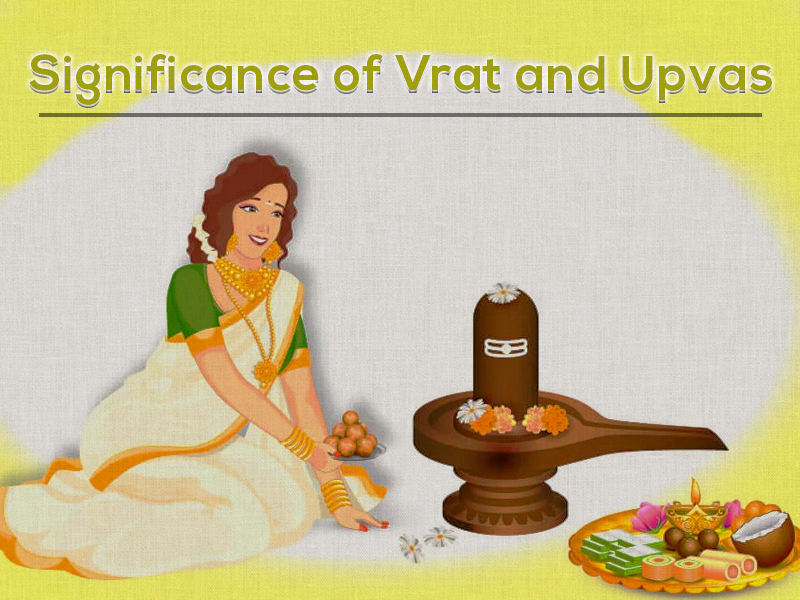
India is a very big country with diversity in culture. There are so many people with different religions and they belong to different communities. In India, people who do Vrat and Upvas are the ones who believe in being one with the country. Even the best astrologers in India believe in this. Here are some major points related to Vrat and Upvas in India:
The Concept of Vrat and Upvas
Fasting, which involves refraining from eating certain foods or observing complete fasting for a set amount of time, is also known as vrat and upvas. The main goals of these rituals are to improve spiritual development, cultivate self-control, and obtain favors from the gods. Vrat and Upvas are a fundamental element of India’s cultural legacy because they are not restricted to any one area or community.
Historical Origins and Religious Significance
It is possible to find references to Vrat and Upvas in ancient texts and myths. Fasting is mentioned by different characters in Hindu epics such as the Ramayana, Mahabharata, and Puranas as a way to obtain divine favors and get beyond challenges.
For her devotion to the Ekadashi Vrat, which entails fasting on the eleventh day of the lunar fortnight, Queen Sita is lauded in the Ramayana. In the epic, Lord Rama and other honorable characters fast during important events. Similar to Draupadi in the Mahabharata, who fasts for the sake of her husband and the country.
Types of Vrat and Upvas
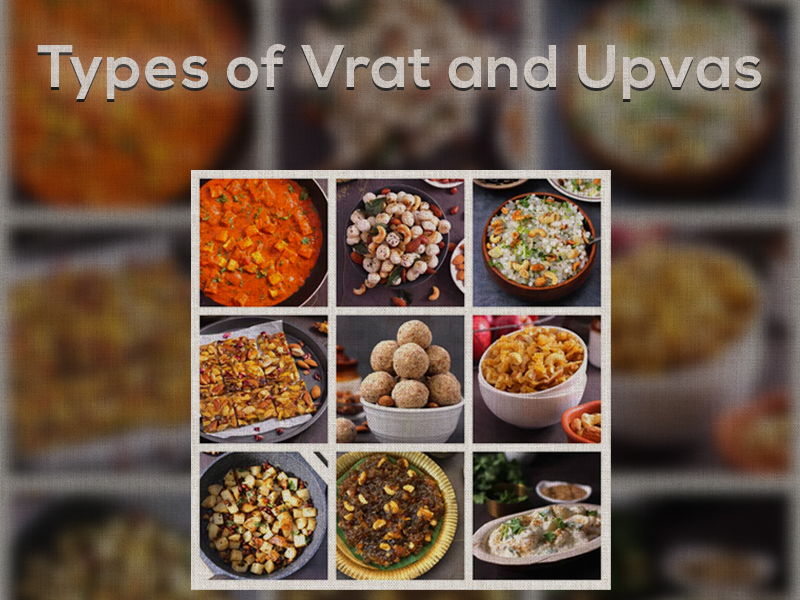
Don’t think that there is only one kind of Vrat and Upvas in Indian culture, there are so many kinds that people in India stay busy preparing for them. After getting the significance of Vrat and Upvas you should read about the types of fasts that are present in India. Vrat and Upvas can vary significantly in their practices and purposes. Some of the common types include:
- Ekadashi Vrat: On the eleventh day of the waxing and waning lunar fortnights, this is observed. To seek spiritual upliftment, devotees abstain from grains and engage in prayer and meditation.
- Navratri Vrat: Fasting and prayer are practiced during the nine-day celebration of Navratri, which honors the goddess Durga, in order to obtain her blessings and protection.
- Karva Chauth: Hindu women who are married follow this fast from sunrise to moonrise while offering prayers for their husbands’ longevity and prosperity.
- Maha Shivaratri: To purify their souls and ask for Lord Shiva’s blessings, devotees fast on this night.
- Teej Vrat: Married women observe Teej, which entails a day-long fast during which they offer prayers for the welfare of their husbands.
- Purnima Vrat: Devotees maintain fasts on full moon days to pay homage to various deities and ask for blessings for wealth and well-being.
Rituals and Practices in Vrat and Upvas
Depending on the particular vrat being observed, there are different rituals and practices involved in the process of Vrat and Upvas. People who are fasting get up early, take a cleansing bath, and go to temples to ask the gods for favors. In order to stay spiritually focused during the day, they frequently meditate, repeat mantras, and read holy scriptures. Some worshippers include charitable giving and feeding the poor in their fasting rituals.
While grains and non-vegetarian foods are absolutely forbidden during the fast, water and select foods like fruits, milk, and dry fruits are often permitted. The fast is broken when it is proper, usually after the moon is seen or at the time specified in religious literature. Before eating the first meal, called “Prasad,” devotees present traditional delicacies and specific prayers to the gods.
Scientific and Health Benefits
Scientific research has revealed possible health benefits for fasting, the purposeful deprivation of food or drink for a set period of time, that may affect many physiologic features of humans. Vrat and Upvas have a noticeable impact on fat loss and weight management. Fasting can help you lose extra weight and promote fat burning by lowering your caloric intake, which will enhance your metabolic health.
Fasting is advantageous for people with insulin resistance or type 2 diabetes since it has been related to increased insulin sensitivity. Additionally, the technique activates an autophagy-related cellular repair process wherein damaged cell parts are eliminated, resulting in improved cell function and longevity.
Fasting may have advantageous benefits on the brain as well. According to the experts of Astrovaidya, fasting may increase brain function and have neuroprotective effects, which may lower the risk of neurodegenerative disorders like Alzheimer’s and Parkinson’s.
Fasting may also improve cardiovascular health because it has been linked to lower levels of inflammation, blood pressure, and cholesterol. Additionally, brief fasting has been shown to boost the body’s immunological response to infections by encouraging the growth of new immune cells.
Since calorie restriction, which is frequently a part of fasting, has been connected to enhanced lifespan in several animal studies, fasting is drawing interest for its potential impact on longevity. Even though more studies are required to validate these effects in people, the prospect of anti-aging advantages is fascinating.
The benefits of Vrat and Upvas also include a decrease in oxidative stress, which is linked to aging and a number of chronic disorders. Additionally, it might improve gut health by encouraging diverse and balanced gut bacteria.
Regional and Cultural Variations
The phrases “vrat” and “upvas,” which relate to religious fasting traditions observed by individuals of various religions, are used in a variety of regional and cultural contexts. These customs are widespread throughout the world and differ greatly according to local religious practices, customs, and beliefs. These important regional and cultural variations on Vrat and Upvas are listed below:
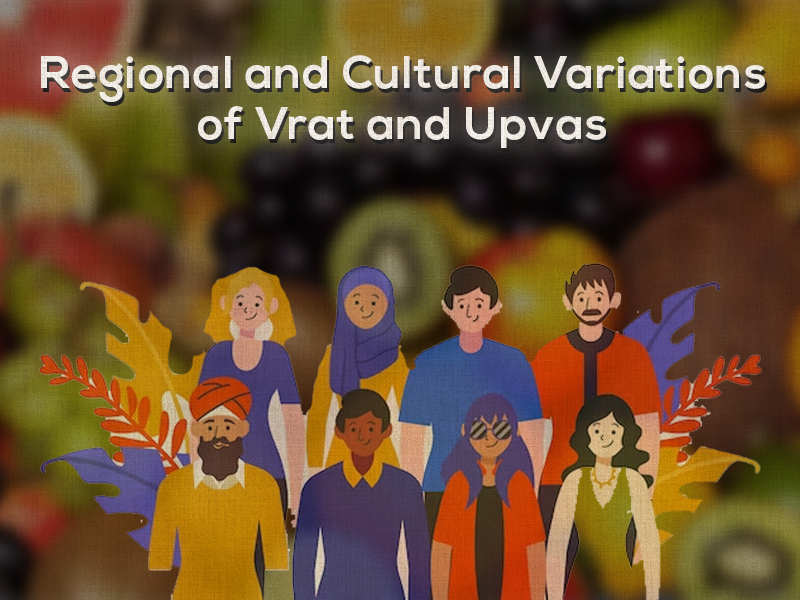
India:
- Hinduism: In a number of regional and cultural contexts, the words “vrat” and “upvas,” which refer to religious fasting customs observed by followers of many religions, are used. These traditions are practiced all around the world, yet they vary widely based on regional religious practices, customs, and beliefs. The following is a list of significant regional and cultural variations on Vrat and Upvas.
- Jainism: Vrat and Upvas are observed by Jains as part of their religious tradition (Upvas). Jain Upvas often entails fasting from food and occasionally drinking for a set amount of time. It is regarded as a technique to control oneself and purify one’s body and psyche.
- Sikhism: On certain religious occasions, especially during Gurpurabs (Sikh festivals) and other significant occasions, Sikhs observe fasting. Sikhism’s fasting customs, nevertheless, might not be as intricate or strict as those of some other religions.
Middle East:
- Islam: Muslims around the world have a major tradition of fasting during the holy month of Ramadan. Muslims abstain from eating, drinking, smoking, and other bodily necessities from sunrise to sunset. It is believed that during this time of fasting, people should contemplate spiritually and engage in more giving.
Southeast Asia:
- Buddhism: Not all Buddhist traditions prioritize fasting as a major religious practice. But some Buddhists might observe fasting on unique occasions or as a part of their mindfulness and meditation routines.
Ethiopia:
- Ethiopian Orthodox Church: Fasting is a crucial component of the Ethiopian Orthodox Church’s ecclesiastical calendar. Weekly fasting days are every Wednesday and Friday, and lengthier fasting intervals are observed before significant religious holidays.
Greece and Eastern Orthodox Christianity:
- Fasting days are observed by Eastern Orthodox Christians throughout the year, such as during Great Lent before Easter. As a kind of penance and spiritual preparation, believers refrain from eating things like meat, dairy, and oil during these times.
It is crucial to understand that the specifics of Vrat and Upvas might vary not only across different geographical areas and cultural groups but also between different sects and communities that practice the same religion. Additionally, there is a wide range of motives and practices for fasting, including purification, spiritual development, demonstrating devotion, or remembering important moments in religious history. The length and degree of fasting can also vary; some fasting traditions last only a day or two, while others may persist for several weeks.
Modern-Day Relevance
The traditional practice of Vrat and Upvas is still widely used and is of utmost significance in the fast-paced world of today. These fasts are still observed by many people as a method to stay in touch with their cultural origins, lead a disciplined lifestyle, and cultivate a sense of dedication.
Conclusion
Vrat and Upvas, which exemplify the values of self-control, dedication, and faith, constitute a rich spiritual and cultural tradition in India. Millions of people still benefit greatly from these fasting rituals, which deepen their spiritual ties to God and promote a sense of belonging and community. Indians uphold their legacy by embracing the ages-old traditions of Vrat and Upvas, safeguarding the intricate tapestry of their cultural identity for future generations.




